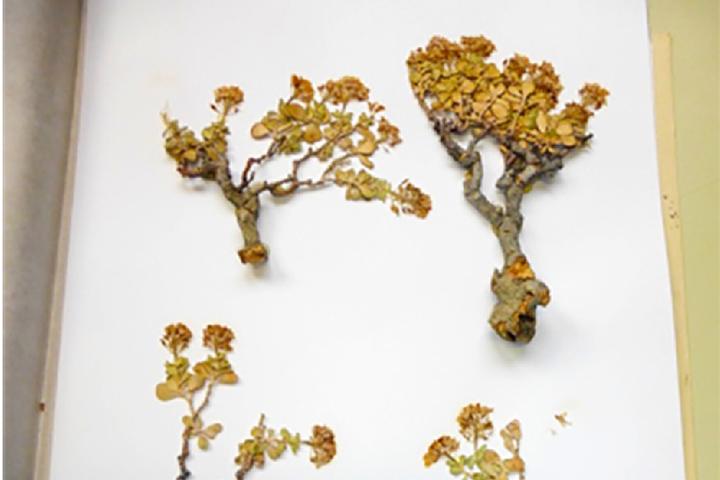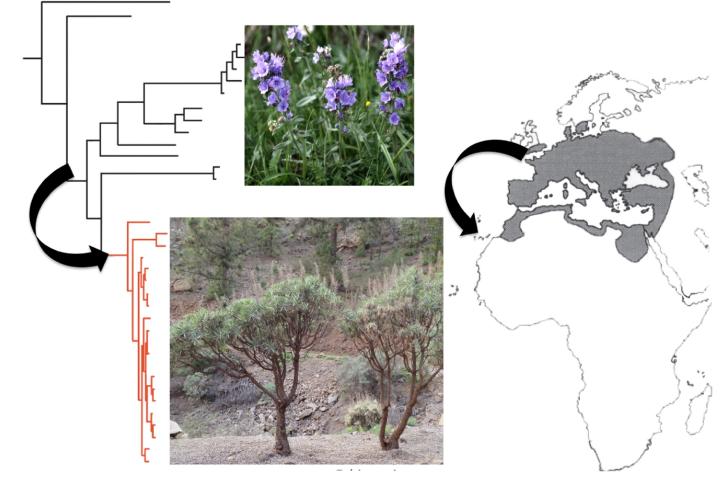
With the use of modern DNA sequencing and phylogenetic reconstruction methods, I aim to better understand the evolution of key traits that have shaped current-day biodiversity. My work at Naturalis Biodiversity Center focused on understanding the environmental drivers of repeated independent transitions from herbaceousness towards derived woodiness on continents and islands. I am now carrying out a PhD project at the University of Antwerp.
Keywords
Evolution of woodiness, biogeography, derived woodiness, Brassicaceae, Canary Islands, next generation sequencing, phylogenetics
Currenttopics
A selection of the ongoing research at Naturalis that I am associated with:

Exploring massive parallel evolution and diversification of derived woodiness in the Brassicaceae
We study the evolutionary aspects of derived woodiness in the mustard family Brassicaceae. The best-known member of the mustard family is Arabidopsis thaliana, a tiny non-woody species which is used as a model system in many molecular experiments. But the…

Rampant evolutionary transitions towards the woody growth form
Why did plants become woody? I am fascinated to understand the climatic and genetic drivers of wood formation that has occurred hundreds of times during evolutionary history.